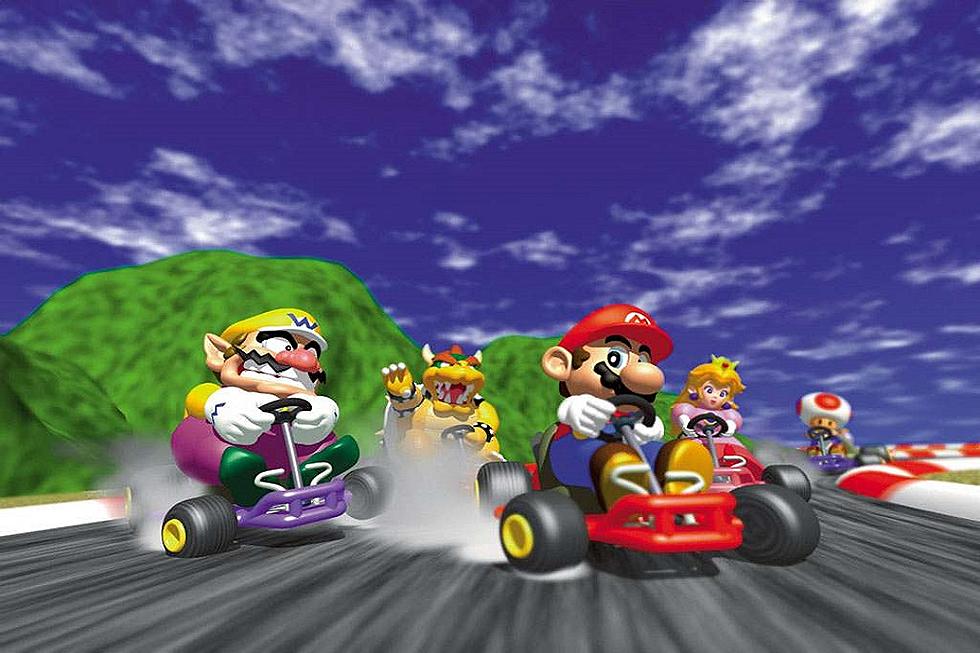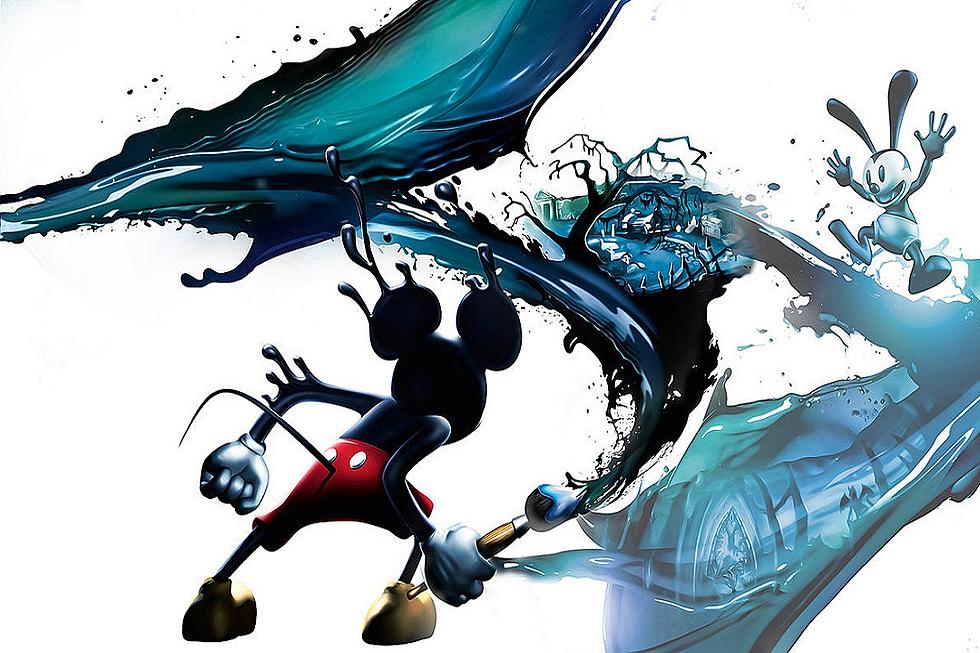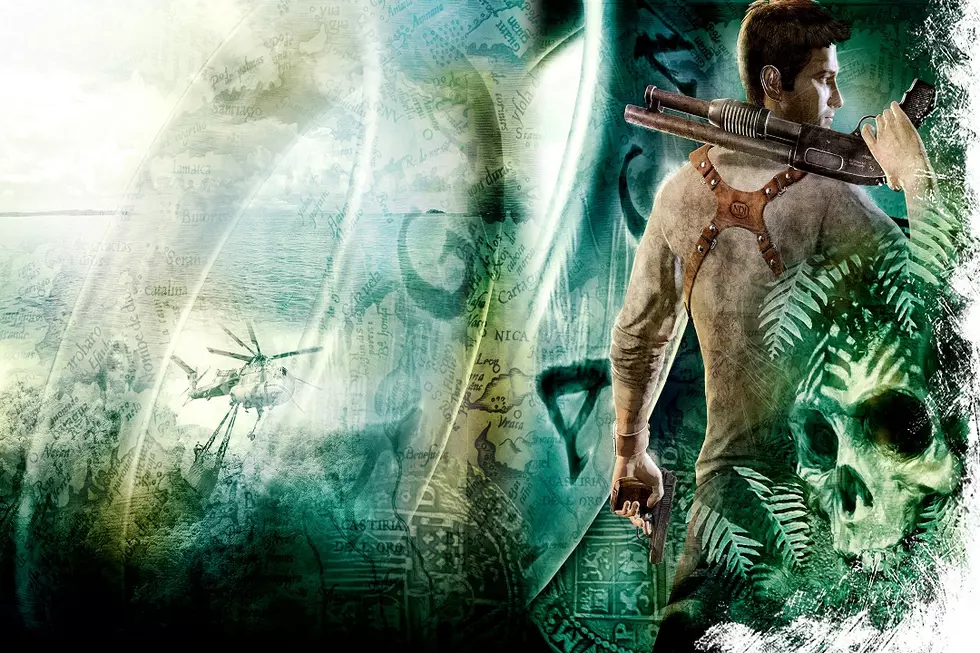
Papers and Property Damage: Celebrating Paperboy Arcade
Paperboy. The occupation is menial at best, the pay is negligible and the work is barely worth it in most cases. So on paper, pardon the pun, the idea of making an entire game out of this job probably sounds lame. Luckily, someone at Atari Games didn’t agree. In 1985, a cabinet hit arcades where players would take a paperboy up suburban streets littered with obstacles and pitfalls as they attempted to fill all the streets orders and keep the customers happy. Being a paperboy may not be fun, but from April 1985 and beyond, more than a few paper routes were probably being used to feed quarters into the wonderful machine that was the Paperboy arcade.
The story of Paperboy’s development began in 1984. Ex-Atari Product Marketing Exec Don Traeger shared in an interview with Arcade Icons that he remembered game designer Dave Ralston drawing up the original concepts for Paperboy on a pub napkin. These concepts and the original test versions of the game included bizarre characters like giant ducks and ghosts. The only feasible character was an old woman pushing a shopping cart. “One thing we observed from just sitting in the test arcade for hours on end watching players, was that everyone was lining up to go for Granny,” recalled Traeger. “That was the character that everyone wanted to nail. Once you started dropping in more real characters (bullies, wino, burglars, etc.) the game really took off!”
Indeed, the final version of Paperboy featured a multitude of characters that could be hit with papers for amusing effects. At the beginning of the game, the player was presented with a map of the houses featuring subscribers and non-subscribers. The point was for the player to throw papers to the subscribing houses and vandalize the non-subscribers, all while trying not to crash. However, that didn’t keep the player from hitting a couple on a porch swing seat and sending them spinning hitting a guy mowing his lawn and sending the mower flying. There were tons of things to chuck papers at in each level and experimenting to see what kind of chaos one could sow was half the fun.
The arcade game also featured unique controls to push its novel theme. This controller was actually a modified version of the 1983 Star Wars Arcade controller. As opposed to a joystick and buttons, the game used a set of handlebars that could be turned to control the paperboy’s biking direction. Pushing the handlebars forward increased speed, pulling them back would slow players down, and a button on each side of the controls threw papers in the applicable direction. Put together with the game’s content, this created a fun and charming experience, not like anything else at the time.
Paperboy has captured acclaim and player interest for several decades now. It was successful enough to be ported to around twenty different consoles and home computer systems and spawn several sequels since its original conception. Its Nintendo Entertainment System port was the first NES game to be fully developed in the United States and its Sega Master System port was similarly the first SMS game to be developed in the United Kingdom. Its legacy has carried it into several compilations and hall of fame collections. The game has even seen inclusion as a fully playable Easter Egg most recently in the “Painting the Town Black” level of Lego Dimensions. The printed word may not have as much staying power as it used to, but Paperboy has proven to be timeless.
More From Arcade Sushi









